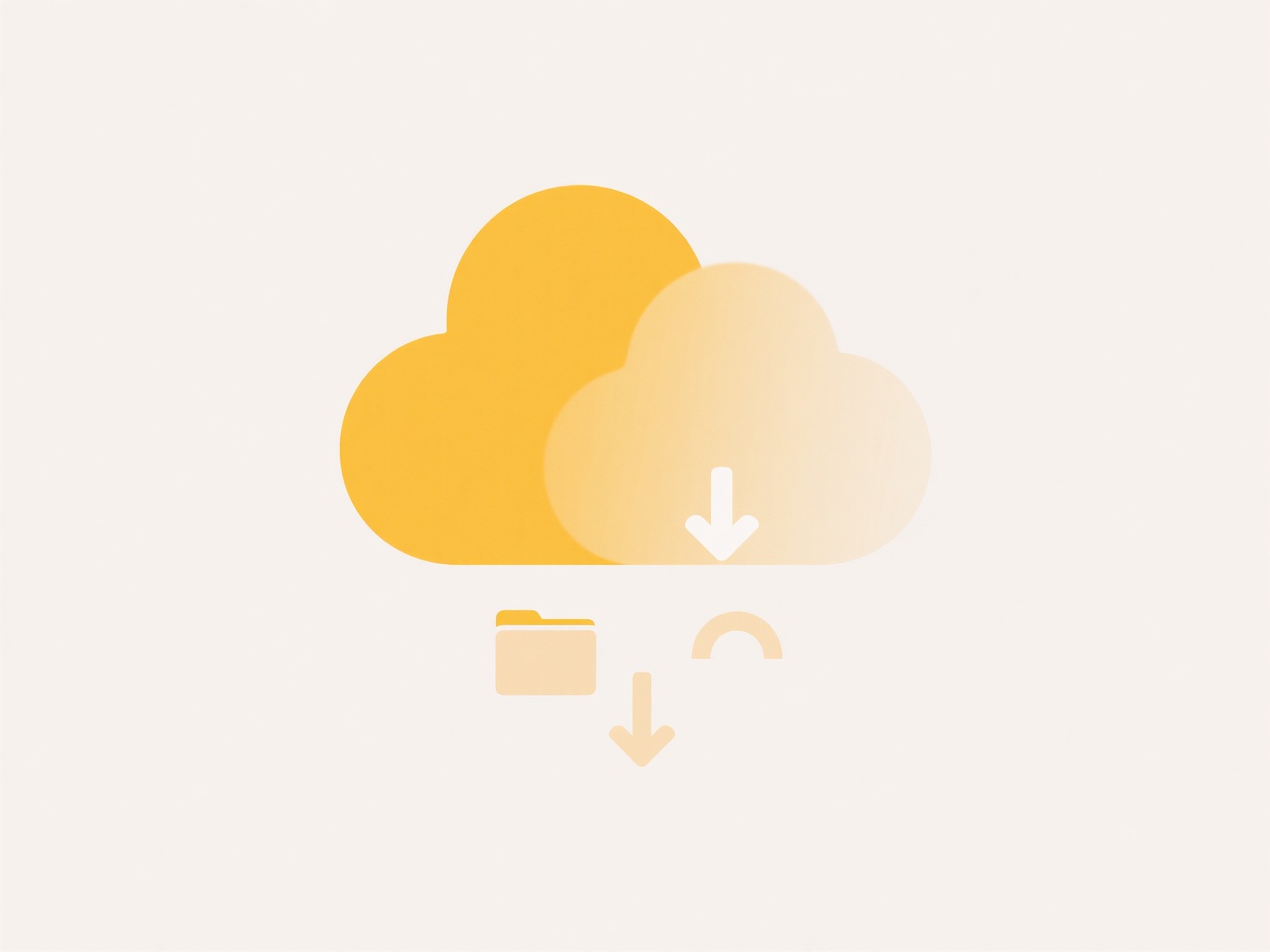
Requesting edit access to a shared file means asking the owner or current manager to grant you permission to modify it, rather than just view it. This distinction is crucial because ownership and control reside with the person who created or uploaded the file. When a file is shared as 'View Only' or 'Commenter', your actions are restricted. To change its content, you typically need an explicit upgrade to 'Editor' access initiated by the owner or an administrator. This permission change usually occurs through the platform's sharing settings directly or via a formal request process.

For instance, in Google Drive or Microsoft SharePoint, if you open a file shared with view-only access, you might see a prominent "Request edit access" button. Clicking this sends an email notification to the file owner. Alternatively, you could also email the file owner directly, politely explaining the need to modify the document and requesting they update your sharing permission to 'Editor'. This scenario is common in collaborative projects across industries like marketing, engineering, and research, where shared documents like proposals, reports, or plans require ongoing input.
A key limitation is your dependence on the file owner's responsiveness. Without their action, you cannot edit. Owners may also delegate this task to administrators in managed enterprise environments. It highlights an important ethical boundary: the original owner retains ultimate control over file permissions. Looking ahead, automated workflows and conditional access rules could streamline permission escalation for trusted collaborators without direct intervention.
How do I get permission to edit a file shared with me?
Requesting edit access to a shared file means asking the owner or current manager to grant you permission to modify it, rather than just view it. This distinction is crucial because ownership and control reside with the person who created or uploaded the file. When a file is shared as 'View Only' or 'Commenter', your actions are restricted. To change its content, you typically need an explicit upgrade to 'Editor' access initiated by the owner or an administrator. This permission change usually occurs through the platform's sharing settings directly or via a formal request process.

For instance, in Google Drive or Microsoft SharePoint, if you open a file shared with view-only access, you might see a prominent "Request edit access" button. Clicking this sends an email notification to the file owner. Alternatively, you could also email the file owner directly, politely explaining the need to modify the document and requesting they update your sharing permission to 'Editor'. This scenario is common in collaborative projects across industries like marketing, engineering, and research, where shared documents like proposals, reports, or plans require ongoing input.
A key limitation is your dependence on the file owner's responsiveness. Without their action, you cannot edit. Owners may also delegate this task to administrators in managed enterprise environments. It highlights an important ethical boundary: the original owner retains ultimate control over file permissions. Looking ahead, automated workflows and conditional access rules could streamline permission escalation for trusted collaborators without direct intervention.
Quick Article Links
What is a .gif file?
A GIF file (Graphics Interchange Format) is a type of image file, specifically a compressed raster format that supports ...
Is it safe to rename file extensions?
A file extension is the suffix at the end of a filename (like .txt, .jpg, .docx) that tells the operating system and app...
How do I fix inconsistent file names in a shared project?
Inconsistent file names occur when multiple collaborators use different naming conventions for project documents, causin...